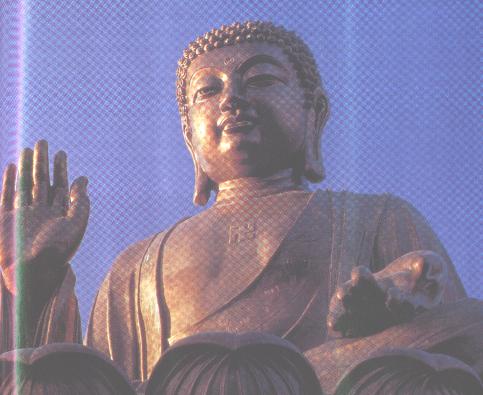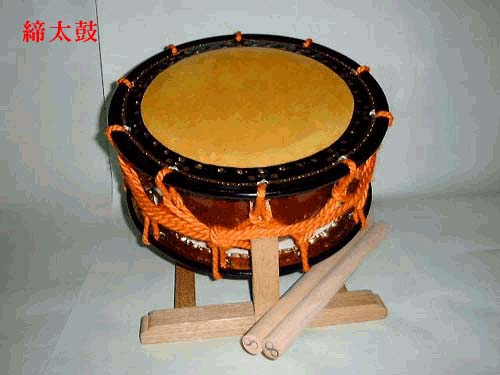|
Traditional culture and entertainments
For Japanese dancing, it is classified mainly with a dance by itself and a dance generally as an object for a theatrical playing
a "NOU", "KABUKI. "
"KABUKI", as being prosperously done today called Japanese
Musical. Since fifteen sixteenth centuries, dancing as being widely done among commons as a folk dance created the "KABUKI"
culture with that background.
In the process of the development, an element of a dance, also was harvested,
seem to say that I show it as drawing a shape of Fuji Mountain, for example and an element called forcing and shaking it of
a theatrical expression also was included.
As prohibited female kabuki, afterward it was only for the special
dancer boy. Since eighteenth century it began spreading among geisha, gradually a lover of commons also increased.
Twentieth century again at the beginning since for a category of a dance, many objects such as Nishikawa Hanayagi Wakayagi
Toma are born as being influenced by Western dance, a new dance exercise occurred.
At present, woman learns
Japanese dancing as a hobby.
KABUKI to have been born in the Edo Period generally, is called "JYOUHOUMAI",
SHINBODOU " as typical Japanese dancing"
|
|
Traditional music instruments
GAGAKU" to be heritated from Japanese ancient tradition in more than 1200 is the music that came into fashion in the
Heian Period. A denotation of a word called "GAGAKU", which belongs to Japanese ancient court music has the meaning
of "Elegant music." Such music first appeared in Japan as an import from korean and established court tradition
by the 8th century. It is a culture of noble which differs from a culture of commons.
Wind instrument
"SHYO"
Three around-4-cm bamboo pipes around seventeen, are inserted into so called "head" made with cypress and
cherry blossoms and the bowl type made with a corner of a buffalo. It can say that a pronuncing principle is similar as the
harmonica like this. It is thought that the sound expresses a light from Heaven.
"HICHIRIKI"
Dimension
: ( pipe ) length eighteen cm
diameter : 1 ( tail diameter ) 1.5( caliber ) cm
Lead length 5.5 cm
With
bamboo made pipe table seven holes, back two holes, it is elliptic and made.
Though "HICHIRIKI" receive
and have a main melody of "GAGAKU",a gorgeous style of playing develops in order to cover for the only one octave
for a register.
A representative object is a style of playing named a salt
apricot "ENBAI".
Because "HICHIRIKI" has a large lead, there are three octaves with the different lead position using a similar finger.
A play by keeping this characteristic alive, it is called a "ENBAI" with a technique as portamento-like
Again, a sound of "HICHIRIKI" is reported with an ancient times, if I express a voice of a human being who
lives on earth.
Flute
( dragon pipe : RYUUTEKI )
( Koma pipe : KOMABUE )
Dimension : ( dragon
pipe ) length forty cm inside diameter 1.3 cm
( Koma pipe ) length thirty-six cm inside diameter 0.9 cm >
(
kagura pipe ) length forty-five cm inside diameter 1.8 cm
Winding a birch is considered as the material, in
the same way as "HICHIRIKI" with bamboo made for both ends. Seven hole Koma pipes and kagura pipes are made with
six holes for a dragon pipe.
Compared with "HICHIRIKI" to receive and have a main melody, a flute
to have a far wide register moves arround to add a coloring to a melody, and an ornamental style of playing also is greatly
seen. However, it is in case of an orchestral music and dance music, generally it was
played with songs, HICHIRIKI
in unison in the other fields of music. Koma pipe sound highly in comparison with a dragon pipe. Contrarily the sound of kagura
pipe gets lower.
A dragon pipe expresses a sky, as being said to that it is a cry of a dragon dancing in the
air.as it is said that Performing an ensemble with "HICHIRIKI"(person) and Dragon Pipe(land) expressed one universe.
|
|
 |
 |
 |
 |
|

String music
Lute
Dimension : ( main part ) length one hundred and ten cm
( eliminate ) length twenty
cm
Four strings, it is a string music with four pillars (fret).
instrument and spred to Japan with a music original
instrument of Persia ( present-Iran )passing through a silk road. It becomes a lute and is thought that it became a current
guitar as a similar music instrument spread to Europe for being associated with it.
Though they are in charge
of a music accompaniment by a melody and an arpeggio if it is called a string music instrument with Western music, A string
music instrument at Japanese "GAGAKU" is treated as a rhythm music instrument.
Percussion instrument
drum "SHOUKO"
Dimension: diameter fifteen cm
It is the only metal made music instrument
by "GAGAKU"
Though "SHOUKO" drum is used with a pipe string, and with a dance music. A rendition
of striking, there are two styles of playing. One is using bothe hands strikes, and the other is one hand strikes
"KAKO" drum
Dimension ( drum aspect ) diameter 23.5 cm
"KAKO" drum is used
with a dance music and string music. It is a main part of performance for controlling a speed of a rendition, for doing a
sign of the Coda regularly like a orchestra conductor.
"SANNOTSUTSUMI"
Dimension ( drum aspect
) diameter 42.5 cm
The main style of playing is the way of using both hands.
The right hand is with big
stick formed, and the left is with a string. Once there are nothing but a style of striking several times and and don't strike
it successively like "SHOUKO" drum.
NOU"
"NOU" has an approximately six hundred-year
history and is
existing as a worldwide oldest stage art that a kinds of element of a dance, a play, a music, a poem
was mixed to each other. It is story of wonderful theatrical performance telling the complete life. The heros on the scenes
are all ghosts. Many kind of expressions are hidden in the first sight expressionless with noh-mask.
"KYOUGEN"
These contrastive two theatrical performances, "KYOUGEN" played at a similar time almost with "NOU",
are mostly performed with a set. For characters in distinction from "NOU", laughing is a main part of the play.
The spectator feel relaxed. it is called an art of the
laughter

|
|
 |
 |
 |
|
|
|
|